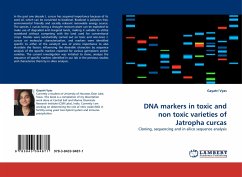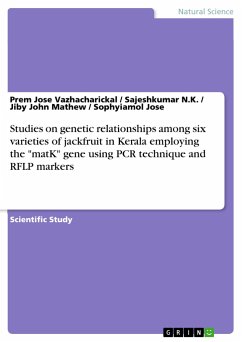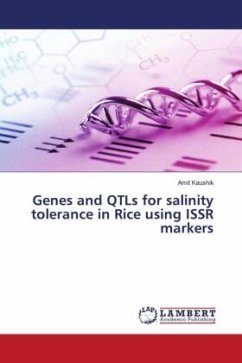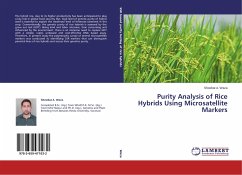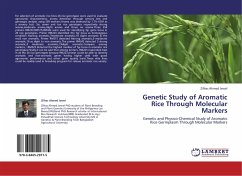In this study we identified different varieties of rice that cultivated in Iraq using Random Amplified Polymorphic DNA (RAPD) and Simple Sequence Repeats (SSR) markers. The results revealed that seven random primers out of nine were uniquely identified in the studied varieties. Furthermore, the DNA fingerprint of Iraqi rice varieties (Amber, Furat, Mashkhab-1, Mashkhab-2, Brnamge-4 and Al-abasia) was carried out depending on the appearance of a number of unique bands of each variety. In addition, SSR markers were also used to distinguish the rice varieties from each other. Two SSR markers (RM1 & RM171) were used to amplify two fertility restorer genes (Rf3 & Rf4) respectively. Primer RM1 distinguished Amber and Daawat, whereas primer RM171 distinguished Furat and Mashkhab-1 from other varieties. Also, the SSR marker (RM1) results confirmed that Amber and Daawat were very closely related, which means that the origin of Amber might be come from Indian ancestors the same as Daawat variety. Our results can contribute in identifying efficient strategies for the sustainable management of the genetic recourses of rice crop and in the future programs of rice breeding.
Bitte wählen Sie Ihr Anliegen aus.
Rechnungen
Retourenschein anfordern
Bestellstatus
Storno


